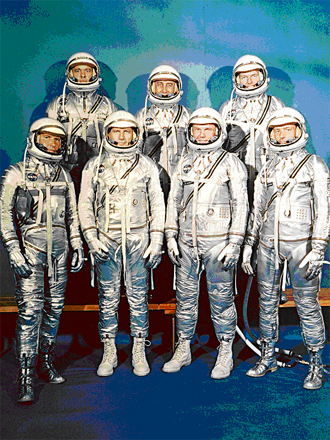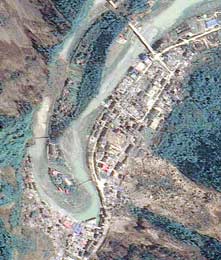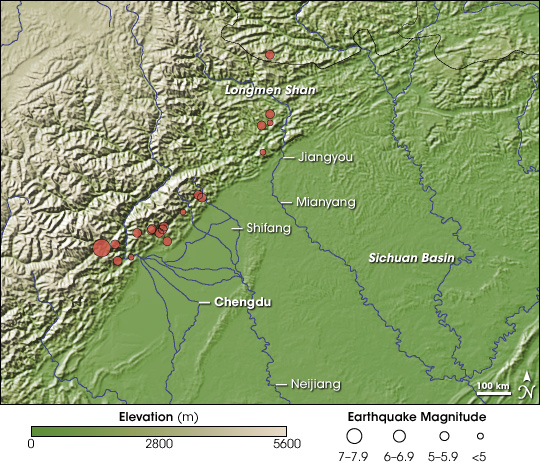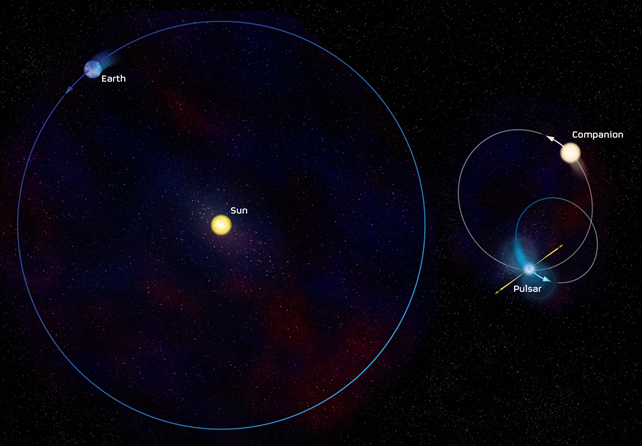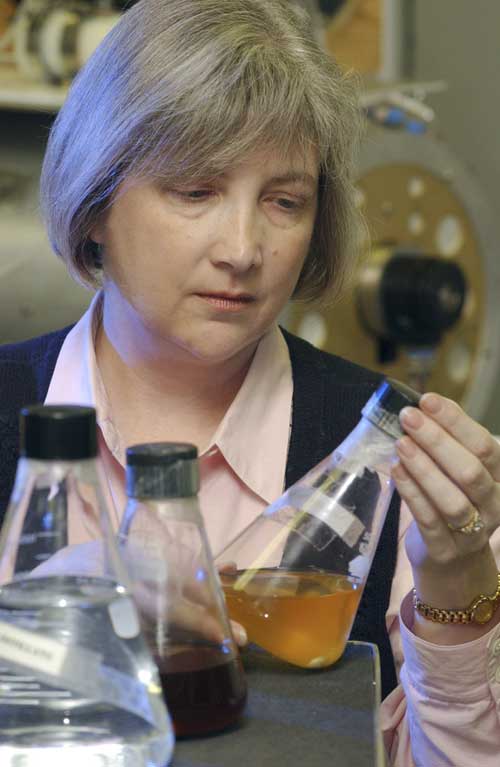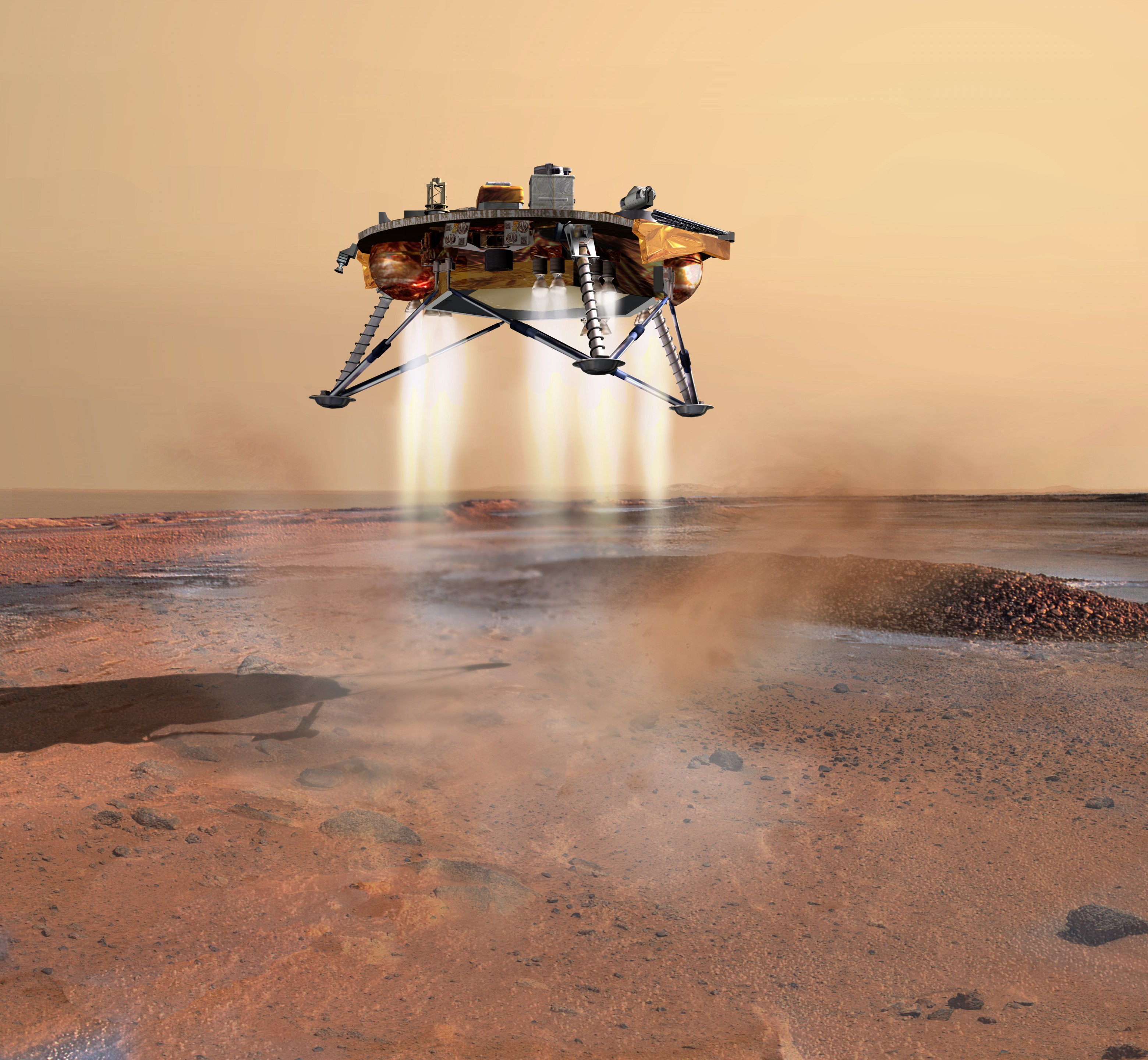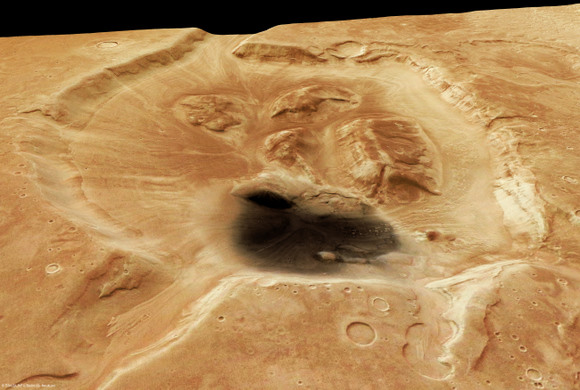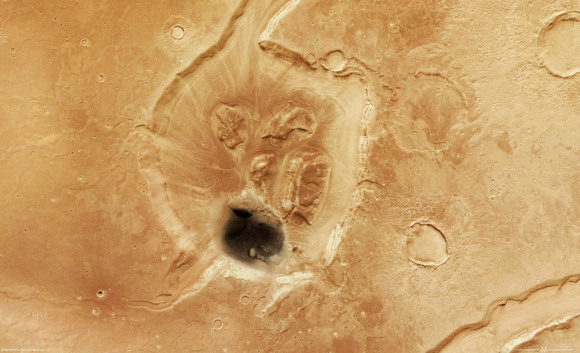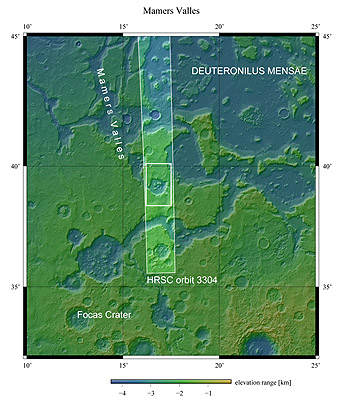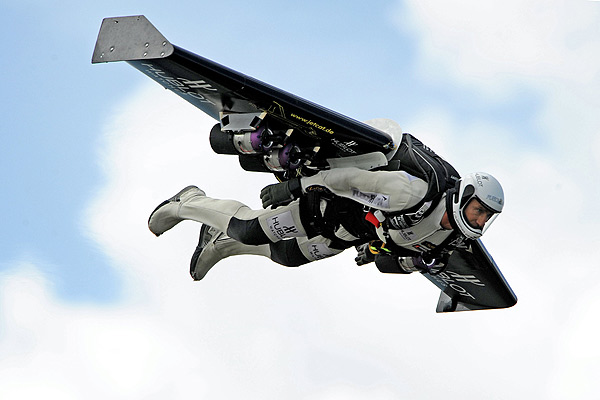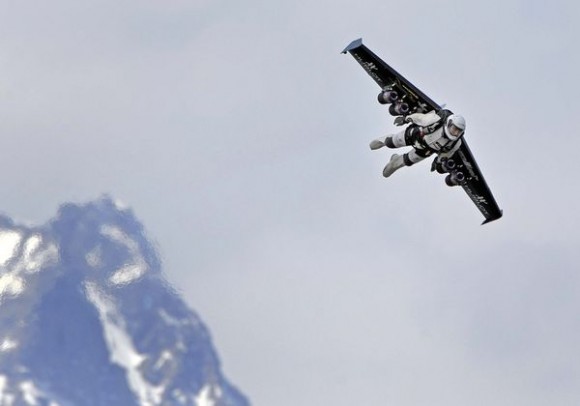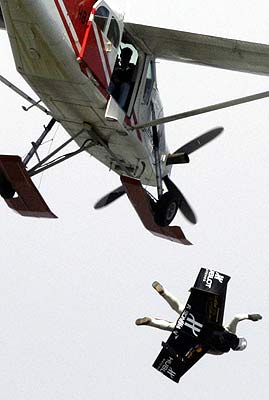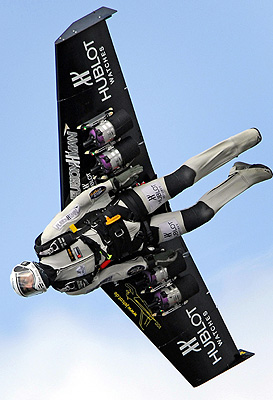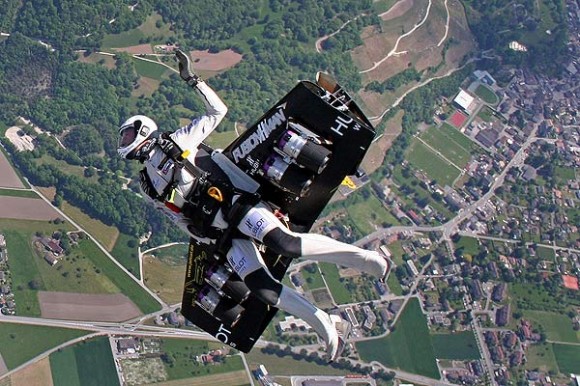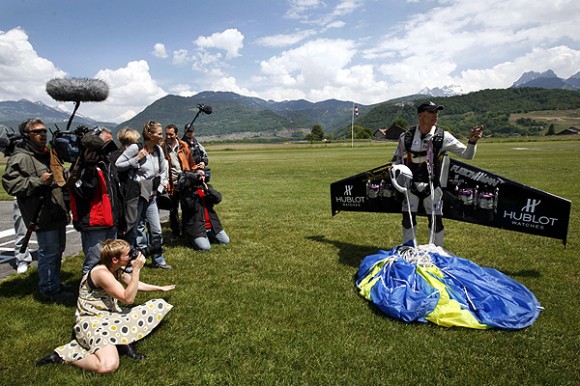Looking for a new and exciting job that will take you places? Now is the time to take the leap, as everyone is looking for astronauts. Here’s how to become an astronaut. The European Space Agency today opened applications for talented individuals wishing to become an astronaut. There hasn’t been a call for new applicants for the European Astronaut Corps since 1992, and so the ESA says this is a rare opportunity to be at the forefront of Europe’s human spaceflight programs including future missions to the ISS, the Moon and beyond. Four European astronauts will be selected from the applicants. But if you’re not from Europe, don’t lose hope. NASA also has openings, as does Canada and Japan.
“As a former astronaut I have been looking forward to the start of the selection procedure with a great deal of anticipation”, says Michel Tognini, Head of the European Astronaut Center. “With the recent additions of ESA’s Columbus laboratory to the ISS and the Automated Transfer Vehicle serving as an ISS logistics spacecraft, European human spaceflight has now entered a new era with respect to science and operations. Building on the past 30 years of experience of ESA astronauts, we now need high-calibre people to spearhead ESA’s vision of ISS exploitation and future human exploration of our solar system.”
For the ESA astronaut positions, candidates from all 17 Member States (Austria, Belgium, Denmark, Finland, France, Germany, Greece, Ireland, Italy, Luxembourg, the Netherlands, Norway, Portugal, Spain, Sweden, Switzerland and the United Kingdom) are welcome to apply.
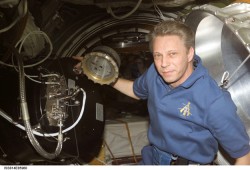
Those Europeans interested can take the first step by filling out a preliminary application online.
NASA is accepting applications until July 1, 2008. Click here for more information.
Canada’s application process will open at the end of May 2008. More info.
And JAXA, the Japanese space agency, announced on April 1, 2008 they are looking for astronauts, too.
The usual procedure for astronaut selection goes something like this: Those making the first cut will go through a series of additional selection procedures such as psychological and professional aptitude evaluations, and a medical evaluation. At the end of that process, potential candidates are invited for interviews, after which the final selections are made.
To everyone with high aspirations: Go for it!
Original News Source: ESA Press Release

